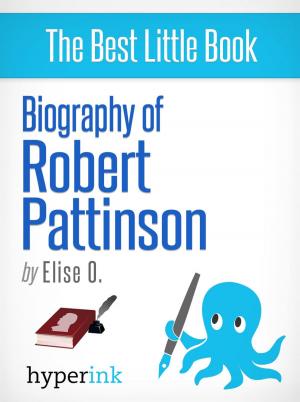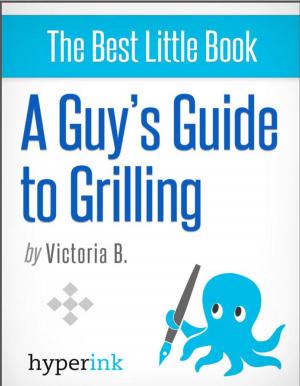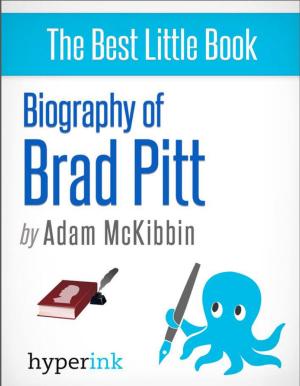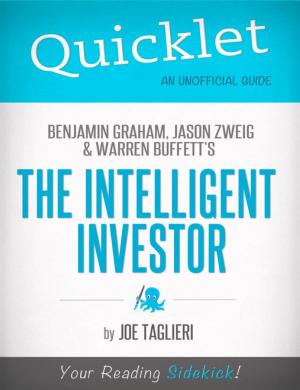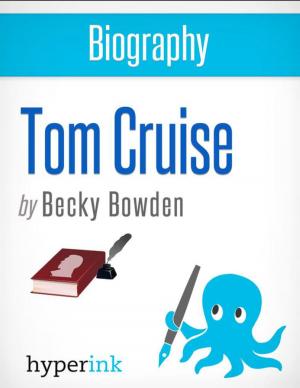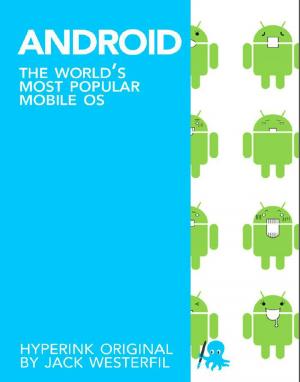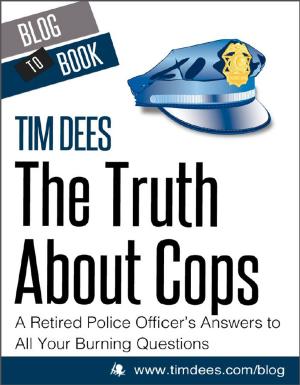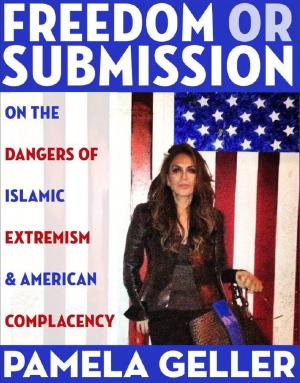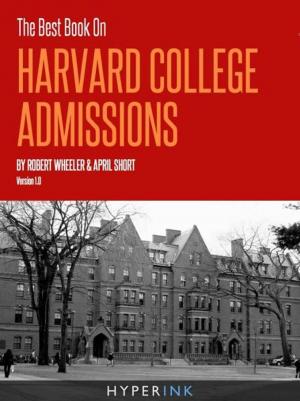How US Intelligence Failed to Prevent the Attack on Pearl Harbor
Nonfiction, Social & Cultural Studies, Political Science, Biography & Memoir| Author: | Hayley Igarashi | ISBN: | 9781614646174 |
| Publisher: | Hyperink | Publication: | July 30, 2012 |
| Imprint: | Hyperink | Language: | English |
| Author: | Hayley Igarashi |
| ISBN: | 9781614646174 |
| Publisher: | Hyperink |
| Publication: | July 30, 2012 |
| Imprint: | Hyperink |
| Language: | English |
ABOUT THE BOOK
When President Franklin Delano Roosevelt declared that December 7, 1941 was a date that would forever live in infamy, he probably did not suspect some of that infamy would be generated by a conspiracy theory featuring himself in a starring role.
The Japanese attack on Pearl Harbor is often considered the launch pad that catapulted the United States into World War II. In the years leading up to our country’s official involvement, the United States largely served as a militaristic waterboy for its allies, sending weapons and supplies while not actively participating in anything.
Those are the facts. After that, everything gets a bit more uncertain. History books will tell you that despite some vague and indecipherable intelligence, the United States was more or less blindsided by the Japanese attack on Pearl Harbor. Certainly, that is true of the majority of the country’s civilian population. Whether or not that accurately represents what top members of the United States’ government believed is a different story.
Instigated largely by reports from prominent members in Roosevelt’s own cabinet, initial speculation has grown over the decades into what is often referred to as the Pearl Harbor advance-knowledge conspiracy theory. The gist of the theory is that Roosevelt and several other top American officials had received intelligence that Japan planned to attack Pearl Harbor, yet they allowed it to happen anyway. Why? Because, as most advance-knowledge conspiracy theorists claim, the United States was desperate to find a way to join the war without making the first move. If this is true, thousands of Americans died on December 7 just so our country would have an “excuse” to strike back.
The nature of this jarring accusation makes it unusually difficult to investigate. While recent historians argue that the advance-knowledge conspiracy theory is not supported by facts, the simple truth is that the evidence used to refute the theory’s claims are often volunteered by the same government that would be presumably attempting to cover the conspiracy up. (This argument, of course, also applies to conspiracy theories involving JFK’s assassination, alien contact, etc.)
Without going so far as to say I have a metaphorical dog in this fight, I must admit that I feel personally connected to this subject. As a Japanese-American, the attack on Pearl Harbor has always featured prominently in my understanding of my country and my heritage. My grandfather lived a few miles away from Pearl Harbor in 1941. He was only a teenager at the time, a boy who identified himself more with the American culture that surrounded him than the vague culture of a country he had never even visited.
The attack on Pearl Harbor changed that. It forced lines to be redrawn in the sand that the melting pot of America had just started to successfully blur and blend. Decades later, I find myself still struggling to find how those lines of loyalty and identity now pertain to me.
It is hard to be strictly objective with this topic, though, no matter what a person’s ethnic background may be. As a citizen of this country, I would like to think the United States’ government would never allow thousands of its soldiers and citizens to die just to facilitate its political desires. Unfortunately, perhaps such a desire is too naive for the world we live in.
Disseminating the available research involves making two figurative piles: one for facts and one for possible facts. As expected, the fact pile is pathetically small compared to the towering mass of reports of a far more dubious nature.
What does emerge, however, is a fairly comprehensive picture of how and why the United States government would have purposefully failed to fully prepare themselves for an attack.
...buy the book to continue reading!
ABOUT THE BOOK
When President Franklin Delano Roosevelt declared that December 7, 1941 was a date that would forever live in infamy, he probably did not suspect some of that infamy would be generated by a conspiracy theory featuring himself in a starring role.
The Japanese attack on Pearl Harbor is often considered the launch pad that catapulted the United States into World War II. In the years leading up to our country’s official involvement, the United States largely served as a militaristic waterboy for its allies, sending weapons and supplies while not actively participating in anything.
Those are the facts. After that, everything gets a bit more uncertain. History books will tell you that despite some vague and indecipherable intelligence, the United States was more or less blindsided by the Japanese attack on Pearl Harbor. Certainly, that is true of the majority of the country’s civilian population. Whether or not that accurately represents what top members of the United States’ government believed is a different story.
Instigated largely by reports from prominent members in Roosevelt’s own cabinet, initial speculation has grown over the decades into what is often referred to as the Pearl Harbor advance-knowledge conspiracy theory. The gist of the theory is that Roosevelt and several other top American officials had received intelligence that Japan planned to attack Pearl Harbor, yet they allowed it to happen anyway. Why? Because, as most advance-knowledge conspiracy theorists claim, the United States was desperate to find a way to join the war without making the first move. If this is true, thousands of Americans died on December 7 just so our country would have an “excuse” to strike back.
The nature of this jarring accusation makes it unusually difficult to investigate. While recent historians argue that the advance-knowledge conspiracy theory is not supported by facts, the simple truth is that the evidence used to refute the theory’s claims are often volunteered by the same government that would be presumably attempting to cover the conspiracy up. (This argument, of course, also applies to conspiracy theories involving JFK’s assassination, alien contact, etc.)
Without going so far as to say I have a metaphorical dog in this fight, I must admit that I feel personally connected to this subject. As a Japanese-American, the attack on Pearl Harbor has always featured prominently in my understanding of my country and my heritage. My grandfather lived a few miles away from Pearl Harbor in 1941. He was only a teenager at the time, a boy who identified himself more with the American culture that surrounded him than the vague culture of a country he had never even visited.
The attack on Pearl Harbor changed that. It forced lines to be redrawn in the sand that the melting pot of America had just started to successfully blur and blend. Decades later, I find myself still struggling to find how those lines of loyalty and identity now pertain to me.
It is hard to be strictly objective with this topic, though, no matter what a person’s ethnic background may be. As a citizen of this country, I would like to think the United States’ government would never allow thousands of its soldiers and citizens to die just to facilitate its political desires. Unfortunately, perhaps such a desire is too naive for the world we live in.
Disseminating the available research involves making two figurative piles: one for facts and one for possible facts. As expected, the fact pile is pathetically small compared to the towering mass of reports of a far more dubious nature.
What does emerge, however, is a fairly comprehensive picture of how and why the United States government would have purposefully failed to fully prepare themselves for an attack.
...buy the book to continue reading!

